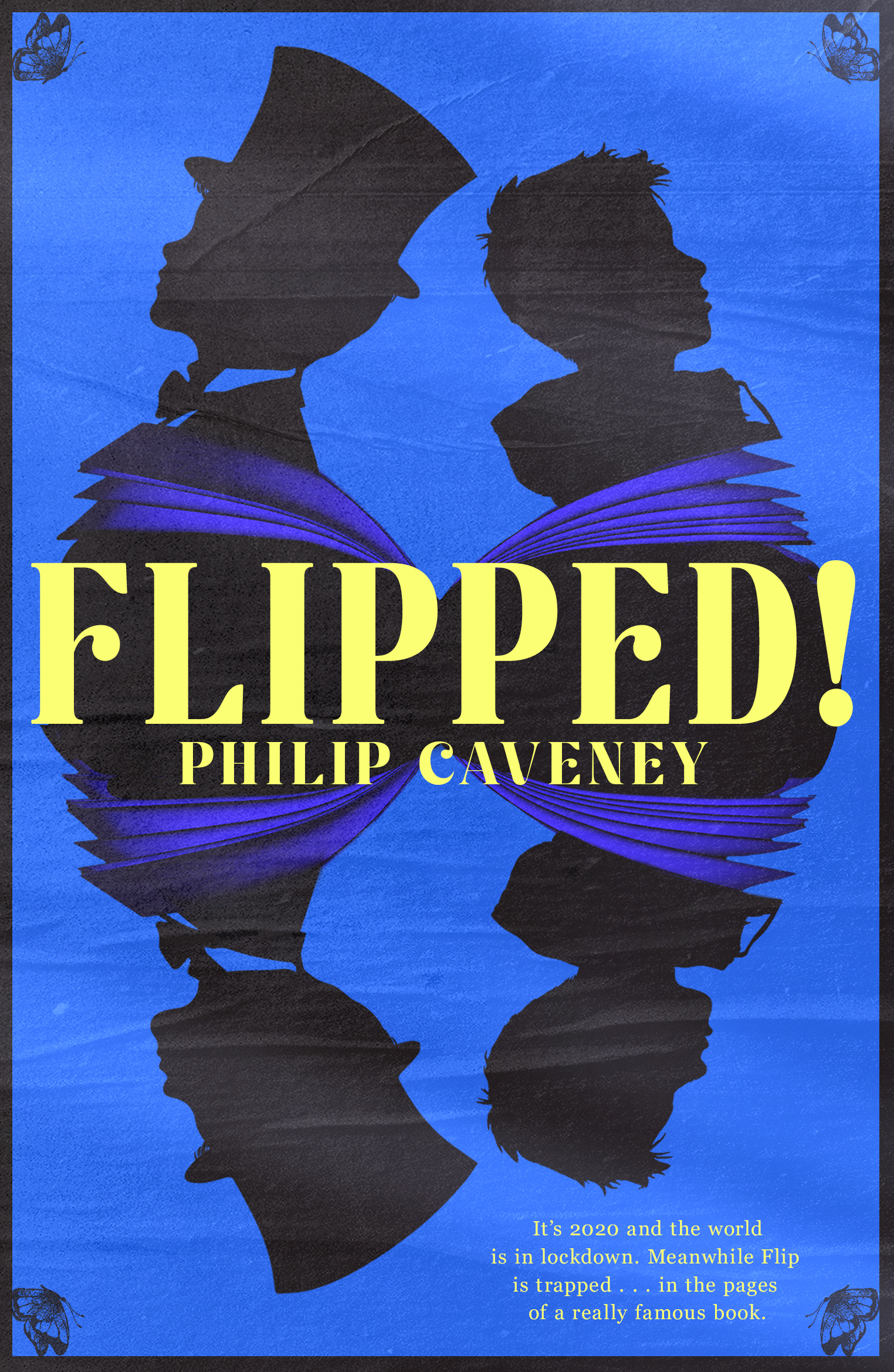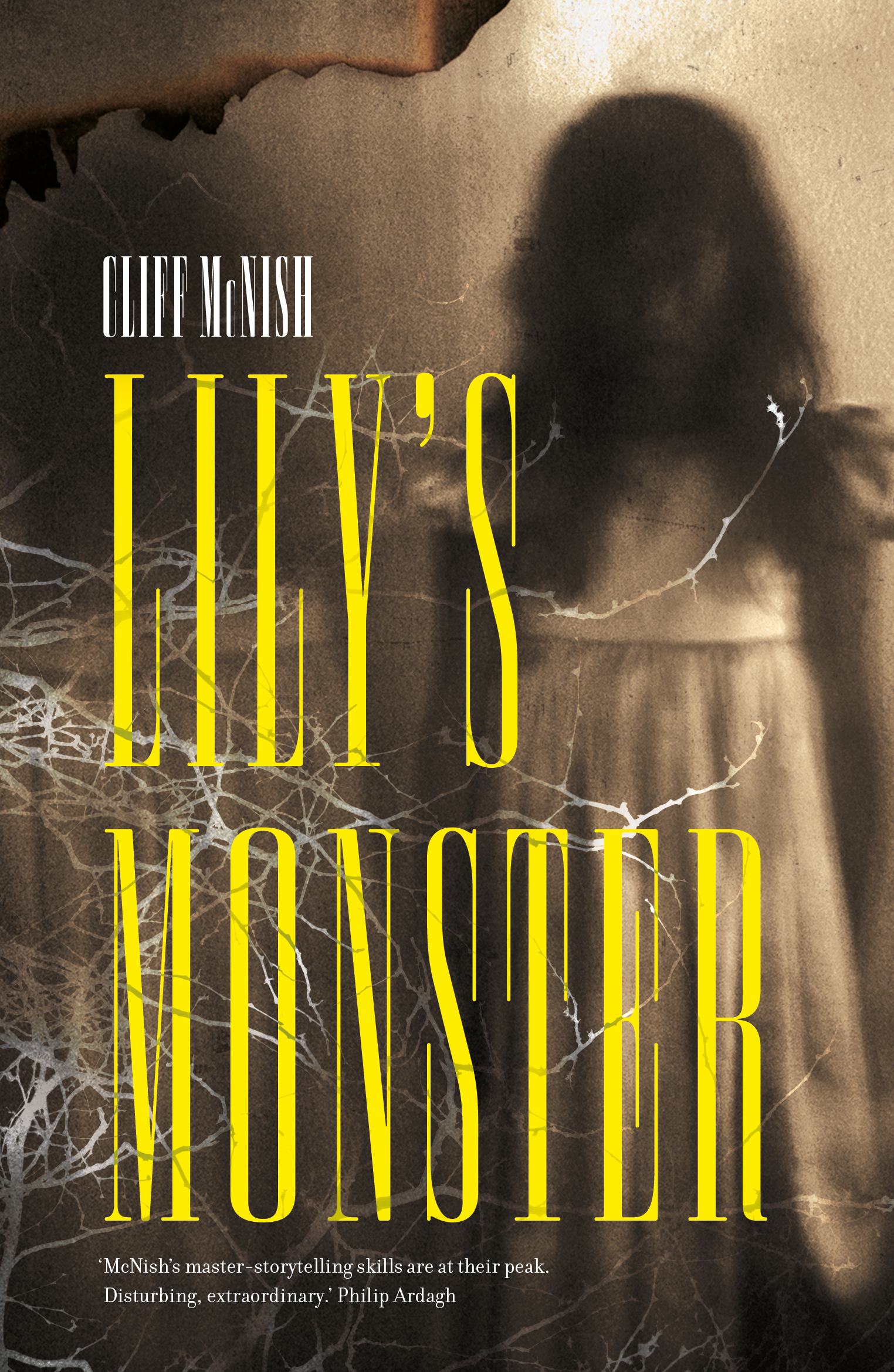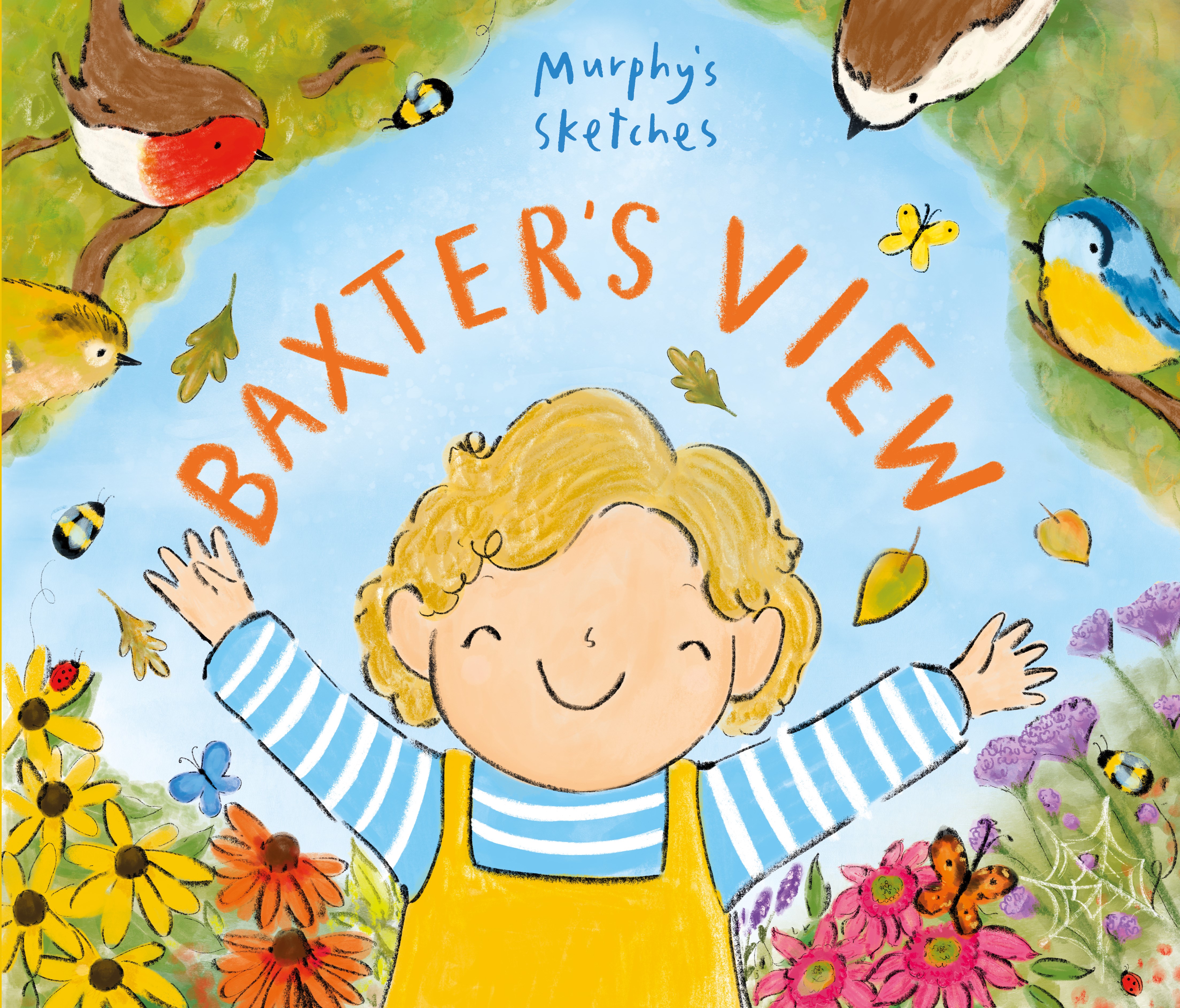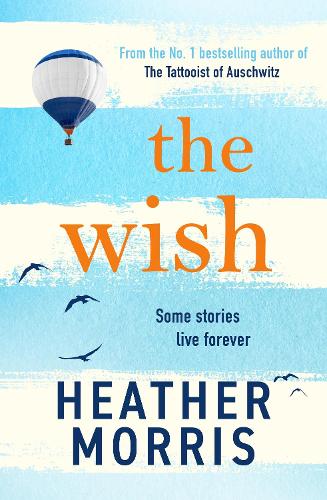On Chapel Sands: My mother and other missing persons

As seen:
By Laura Cumming
avg rating
2 reviews
Shortlisted for the Costa Biography Award 2019
SUNDAY TIMES BESTSELLER
‘A modern masterpiece’ Guardian
Uncovering the mystery of her mother’s disappearance as a child: Laura Cumming, prize-winning author and art critic, takes a closer look at her family story.
In the autumn of 1929, a small child was kidnapped from a Lincolnshire beach. Five agonising days went by before she was found in a nearby village. The child remembered nothing of these events and nobody ever spoke of them at home. It was another fifty years before she even learned of the kidnap.
The girl became an artist and had a daughter, art writer Laura Cumming. Cumming grew up enthralled by her mother’s strange tales of life in a seaside hamlet of the 1930s, and of the secrets and lies perpetuated by a whole community. So many puzzles remained to be solved. Cumming began with a few criss-crossing lives in this fraction of English coast – the postman, the grocer, the elusive baker – but soon her search spread right out across the globe as she discovered just how many lives were affected by what happened that day on the beach – including her own.
On Chapel Sands is a book of mystery and memoir. Two narratives run through it: the mother’s childhood tale; and Cumming’s own pursuit of the truth. Humble objects light up the story: a pie dish, a carved box, an old Vick’s jar. Letters, tickets, recipe books, even the particular slant of a copperplate hand give vital clues. And pictures of all kinds, from paintings to photographs, open up like doors to the truth. Above all, Cumming discovers how to look more closely at the family album – with its curious gaps and missing persons – finding crucial answers, captured in plain sight at the click of a shutter.
‘A moving, many-sided human story of great depth and tenderness, and a revelation of how art enriches life’ Sunday Times
TweetReviews
I found On Chapel Sands by Laura Cumming an absorbing and intriguing book. It's a blend of memoir and detective story, which was published last year to great acclaim. Betty Elston (originally called Grace) is kidnapped from the beach at Chapel St. Leonards on the Lincolnshire coast in the autumn of 1929. After 5 days she is discovered safe and well. She is 3 years old and will remember nothing of this event, or her life before. And nobody ever speaks of this again. Decades later her daughter, Laura Cumming, delves into her mother's early life (her mother now calls herself Elizabeth)...
Read more...This is a biographical work in which the author writes about her mother’s life, accompanied by excerpts of her mother’s own writing. While being contemplative and meandering, the book covers a large number of ideas in a short space, ruminating on, among other things, how we relate to the past and our own personal histories, the different ways a photo can be read and how they influence our memory, the legacy of upbringing and the nature of identity. One particularly interesting aspect is the contemplation of what happens when secrets are kept and stories fabricated in a small community where...
Read more...





